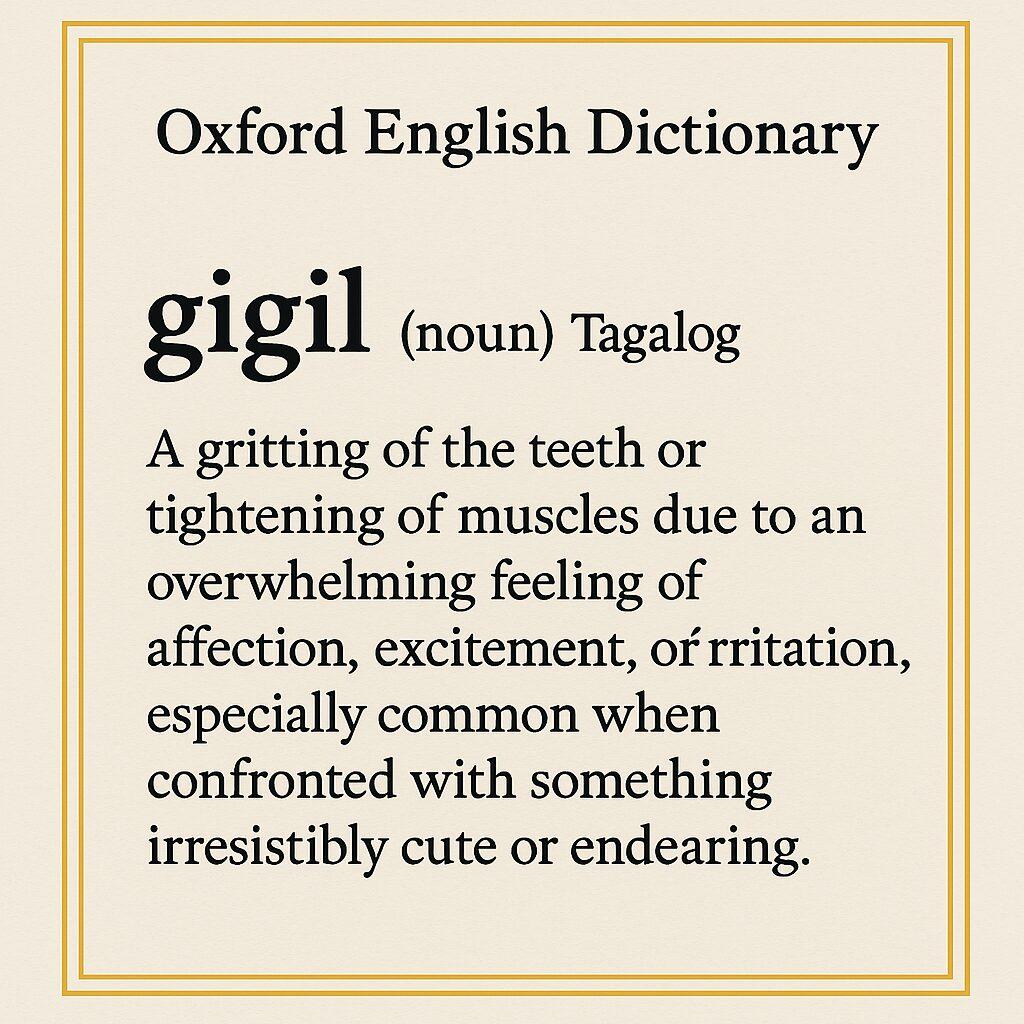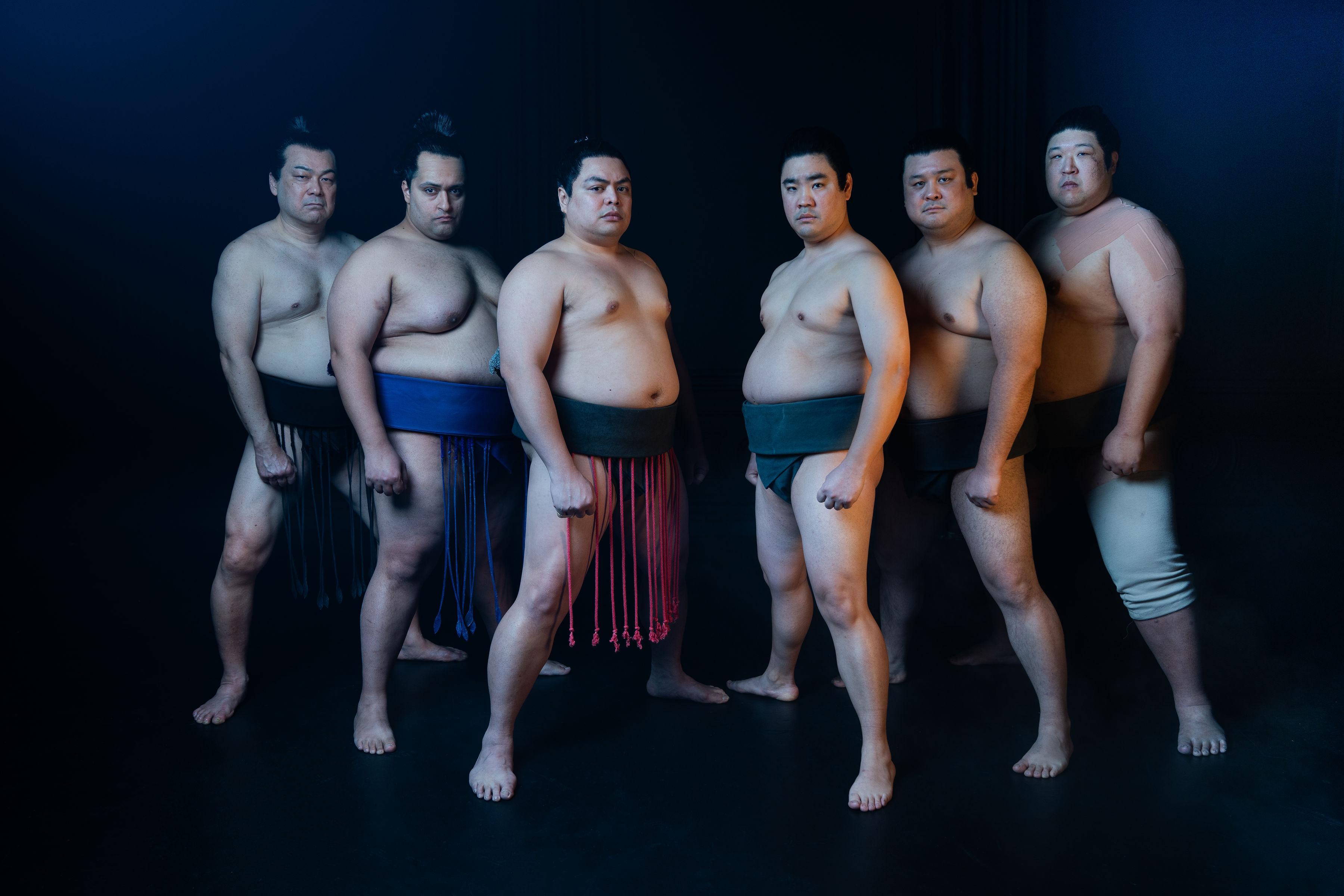Free presentation at the SF Public Library on May 5
SIX days, 80 miles, under the searing heat of the sun—that was what made the Bataan Death March a treacherous journey. Although history books will tell to say that that approximately 2,500-10,000 Filipino and 100-650 American soldiers prisoners of war died before they reached their final destination, Camp O’Donnell in Tarlac. Inside the camp, it was estimated that about 29,589 soldiers, majority of which were Filipinos, died. However, death tolls vary, especially on the side of Filipino POWs, because no one could determine how many prisoners have escaped.
It was the largest single surrender of American military troops in history, and because of the stigma of surrender, the men of Bataan have never been given their rightful place in history. In 1944, the G.I Bill of Rights granted benefits to all those who served during the war. But five months after, then President Truman signed the First Surplus Appropriation Rescission Act in February 1946, which appropriated $200M to the Philippine Commonwealth Army. Unbeknownst to the Filipinos, a legislative rider was attached to this Act which deemed the service of the Filipinos (Philippine Commonwealth and three months later the Philippine Scouts) as not active in terms of benefits, rights and privileges except to those who were disabled or died in action.
Nearly every year since the 1990’s, a Filipino Veterans Equity Bill has been introduced in Congress to overturn the Rescission Act. But to this day full equity for the Filipino veterans remains an elusive dream. In February 2009, President Obama signed the American Recovery and Reinvestment Act authorizing the release of a one-time, lump-sum payment to eligible Filipino WW II veterans. However, the only records that are accepted by the US Veterans’ Administration are the ones from the National Personnel Records Center in St. Louis, MO. In the 1970s, a fire destroyed many veterans’ records including those of the US Army. As of January 2013, 18,728 applications were approved and 24,440 applications were denied. Most of the veterans are now in their 90s and their numbers continue to dwindle every day.
The Bataan Legacy Project
Cecilia Gaerlan took the memory of these Filipino heroes into her heart through The Bataan Legacy Project, which will be presented on May 5, Sunday, at the San Francisco Public Library on Larkin Street.
“The Bataan Legacy Project started on April 10, 2012 during the first official Bataan Legacy presentation at Cal State University East Bay. Previous to that, I spoke about Bataan and how my father was part of the Bataan Death March and how his stories of the war inspired me to write my historical fiction novel, In Her Mother’s Image,” said Gaerlan. It was also then that she realized that not too many people in the United States have even heard of Bataan.
Since then, she started to find veterans, interview them and did extensive research. “Most of the veterans hardly spoke about their experiences during the war and it is only now, during the twilight of their years that they are starting to reveal the pain and the emotional toll of the war. Many of them do not even know the term post-traumatic stress disorder,” she said.
The thrust of the project is to document WWII experiences through an anthology of stories, as well as to dramatize through literature and theater. These include a multi-media presentation with live narration and interviews with veterans, a one-man-show entitled Breach of Faith-The Men of Bataan starring Kilusan Bautista, a stage adaptation of Gaerlan’s novel, In Her Mother’s Image; and an anthology of stories from survivors of the war in the Philippines in book form and video.
Facing the challenges
As always, there are bumps along the way, although the project is aimed to keep the heroism of these soldiers alive. Gaerlan explained that one of the biggest challenges she faced is being able to get the Filipino community to act in unison and present a resounding voice. “There are many Filipino veterans’ groups with different affiliations (Philippine Scouts, Philippine Commonwealth, Guerrillas, 1st & 2nd Infantry Regiments, etc.) who are working separately but not in tandem,” she said and added, “These groups are separated by regional, cultural and even economic differences. The common thread that binds all these groups, aside from their ethnicity, is that they are all working for the same end result which is to give honor and justice to the Filipino veterans. It is time for everyone, Filipinos and Filipino-Americans, to get on the same page and present a strong united front.”
Also, she believes that we should inform and educate the public about Bataan. In 2011, California State Senator Yee and Fiona Ma co-sponsored ABB 199 to include in the school curriculum for Grades 7-12, the role of Filipinos during WWII in the Philippines. “It is essential that a comprehensive history be included in this program so that the students of today and the future can learn the lessons of history. It is also essential for Filipinos and Filipino-Americans to take pride in what their ancestors sacrificed in defense of the freedom that we are enjoying today,” Gaerlan said.
“The freedom that we are enjoying today is the legacy of those who made the ultimate sacrifice during World War II and subsequent wars,” Gaerlan said and further emphasized, “It is imperative that we learn their story so that we can truly appreciate this priceless legacy that must be nurtured in every generation. Freedom transcends race, gender, religion and economic status. We are all in this together!”
Everyone is invited to attend The Bataan Legacy on Sunday, May 5, 2pm at the Koret Auditorium, San Francisco Public Library at 100 Larkin St., San Francisco. Doors open at 1:30pm, admission is FREE.
To know more about The Bataan Legacy Project, log on to https://www.facebook.com/photo.php?fbid=372447206208106&set=pb.245874362198725.-2207520000.1367446037.&type=3&theater.







